We are investing over £20bn to upgrade the network infrastructure across the north of Scotland between now and 2030 as the region plays a leading role in the clean energy transition.
As a mass transporter of renewable energy, the north of Scotland electricity transmission network has a major role to play in supporting delivery of Scotland and the UK’s 2030 net zero targets, connecting new onshore and offshore renewable generation and transporting the power generated to demand centres in the rest of Scotland and beyond.
This investment is critical to powering change and will also play a vital role in helping ensure our future energy security by using affordable, home-grown, low carbon electricity while providing significant economic and employment opportunities supporting 37,000 jobs across the UK, 17,500 of which will be in Scotland and 8,400 of these in the north of Scotland. Other benefits the projects will bring include over £100m of Community Benefit Funds, contributing to the development of 1000 properties in the north of Scotland and delivering 10% net gain in biodiversity,
The projects include new overhead lines, substations and subsea links and are part of a major upgrade of the electricity transmission network across Great Britain.
-
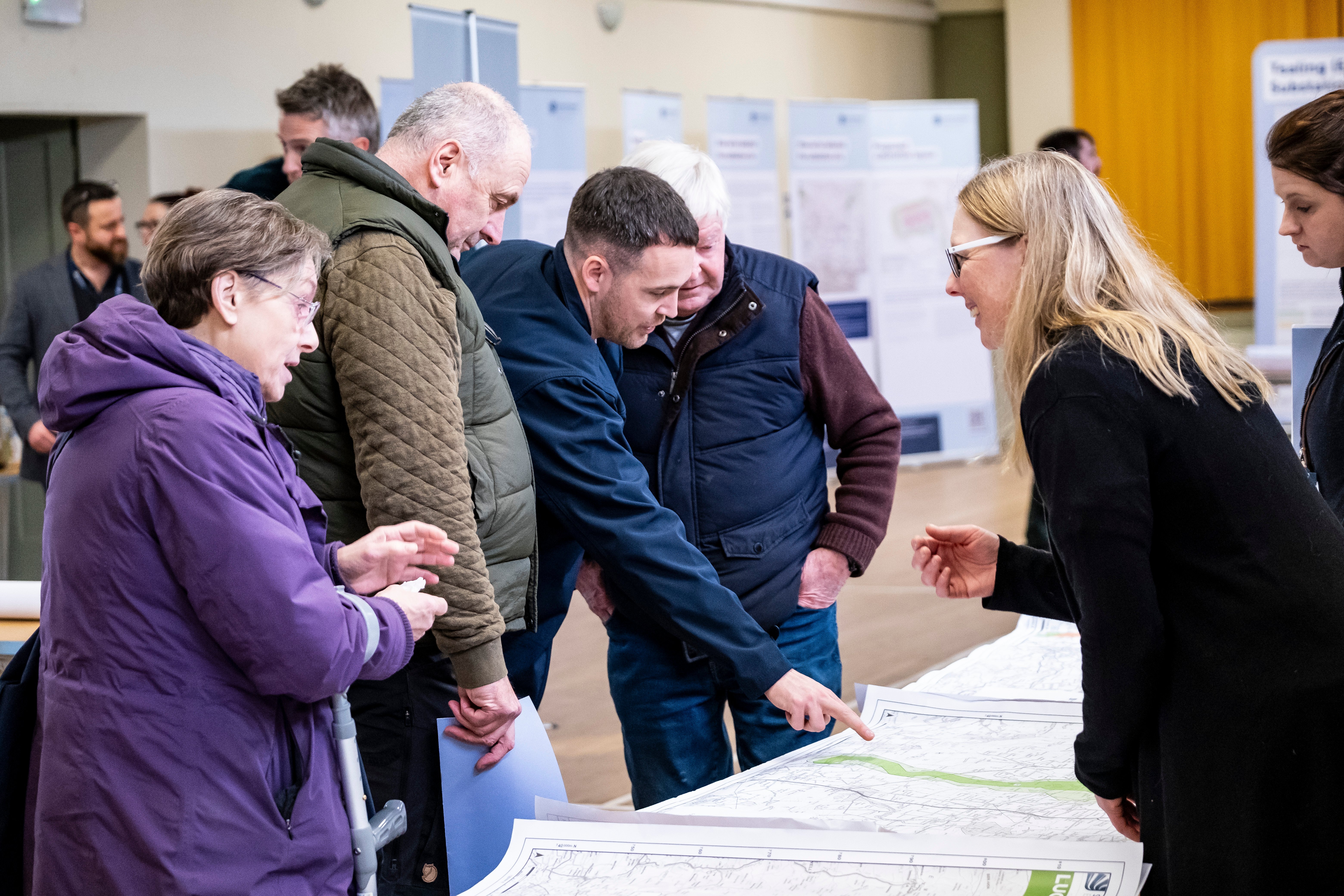
Frequently asked questions
Meaningful engagement with our stakeholders is incredibly important to us, and we’ve worked to answer as many of the questions that we are regularly asked about our work, here. -
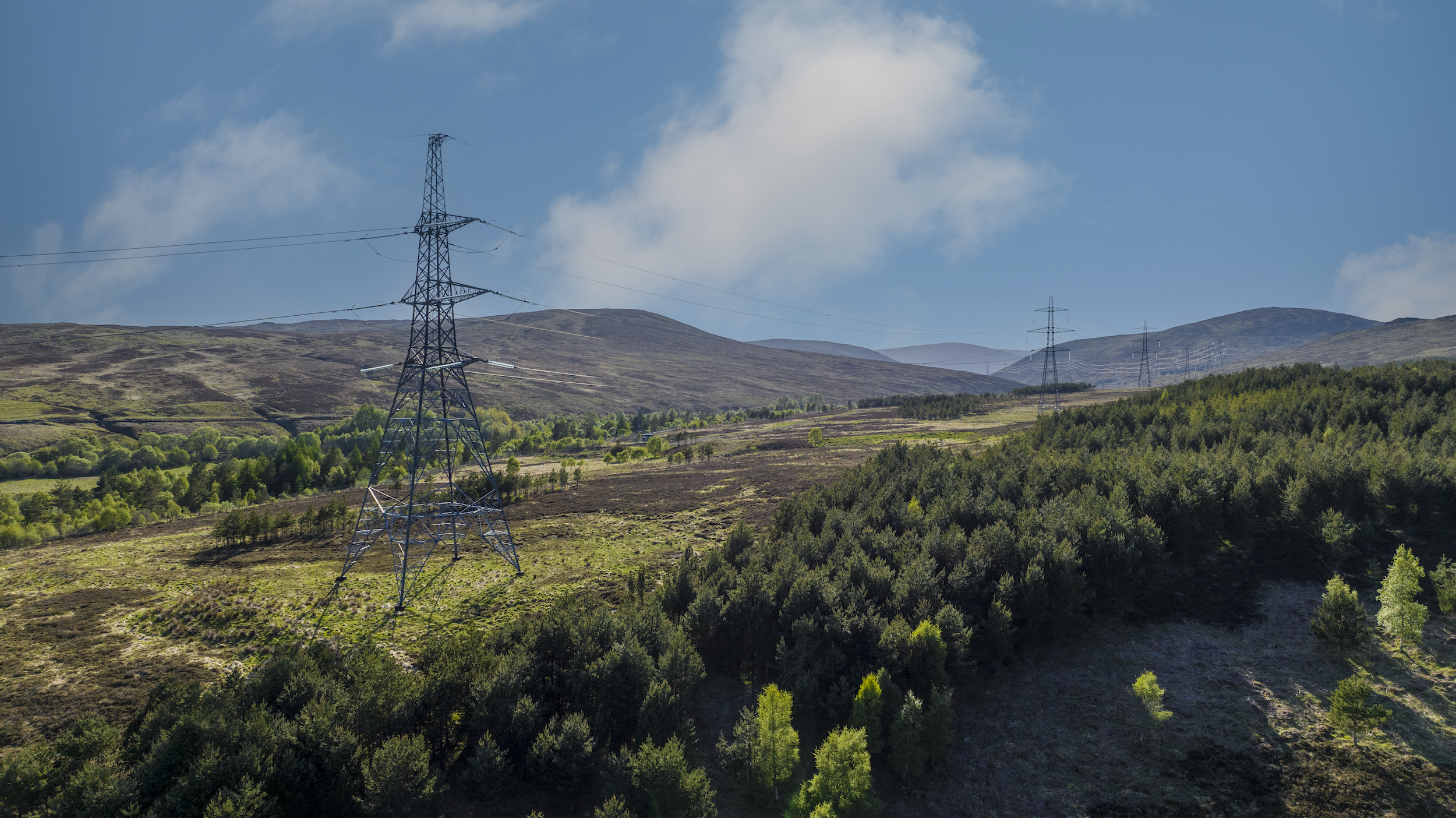
Why are these projects needed?
Our ‘Pathway to 2030’ projects are part of a major upgrade of the electricity transmission network across Great Britain. Find out more about how the need for these projects was established, here. -
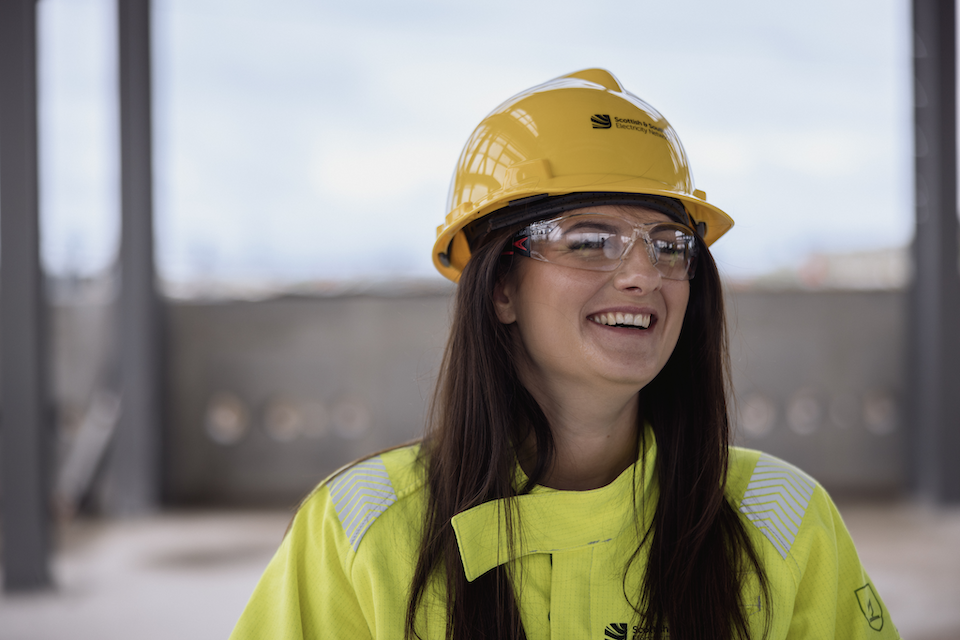
Search for a project
Explore our interactive map or use our easy-to-use Project Search to locate a project that is of interest to you. Our dedicated project web pages provide useful information about each of our projects and contact details for our Community Liaison Managers.
-
Our consultation process so far
substations
Consultation with the public plays a huge role in the development of new substations - find out how we use feedback to shape our plans - This video can also be viewed on Vimeo. -
Our consultation process so far
Overhead lines
Consultation with the public plays a huge role in the development of overhead line routes - find out how we use feedback to shape our plans - This video can also be viewed on Vimeo.
What's next?
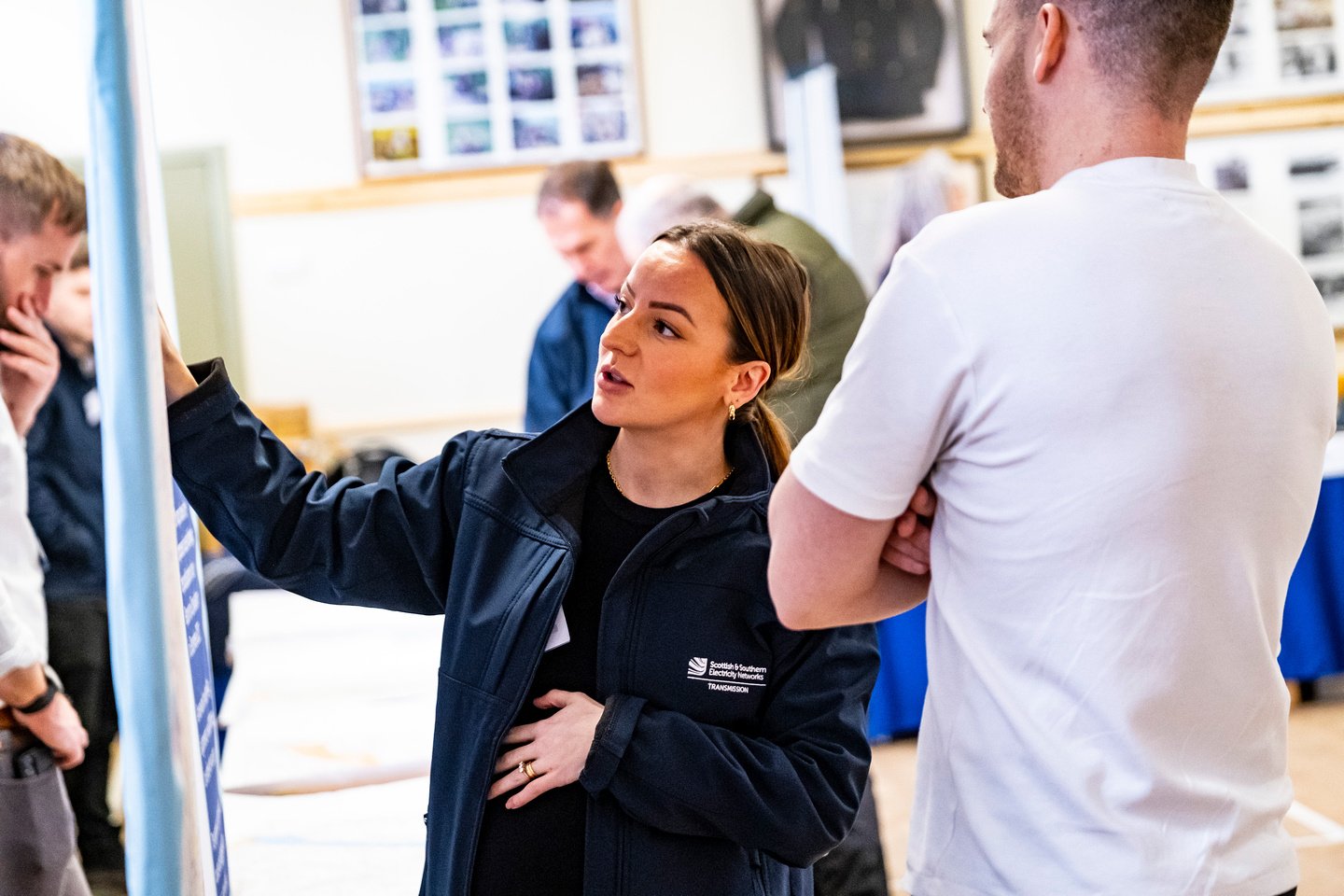
Our consultation process
Throughout the consultation process for these projects we invited members of the public to give their views and help shape our plans. We directly contacted nearly 300,000 people within 10km of our projects, inviting them to attend our events and share their feedback on our proposed new overhead lines, overhead line upgrades and new substations and HVDC converter stations.
To date, we have undertaken over 250 consultation events and public meetings which have been attended by over 12,000 people and received over 13,000 written responses, in what we believe is one of the biggest ever listening exercises in the north of Scotland.
This public engagement has played a significant role in shaping the development of our projects, and we thank all those who have taken time to provide valuable feedback.
Progress of our planning applications
For our substation proposals, most consultations concluded in May and June 2024, with applications for full planning permission, under the Town and Country Planning (Scotland) Act 1997, submitted to the relevant local authorities for consideration and consent decision. In accordance with Town and Country Planning Regulations, applications were accompanied by Environmental Impact Assessment (EIA) Reports, details of which can be viewed on the relevant project web pages.
For our overhead lines, we submitted our Section 37 applications for consent, to Scottish Ministers, in August and September 2025. There is opportunity for the public to make formal representations directly to the Scottish Government’s Energy Consents Unit (ECU) before any decisions are made on consent for each project.
Full details including the application number, consultation period and the various ways representation can be made can be found on each project web page
Spittal – Loch Buidhe – Beauly 400kV OHL Connection
Beauly - Peterhead 400kV OHL Connection
Kintore-Tealing 400kV OHL Connection
Ground investigation works
Project teams and contractors have been carrying out walkover surveys and ground investigation works for several months which are necessary steps in any new development to fully understand the detailed conditions in the area and help establish the final tower foundation design. This typically involves drilling boreholes and/or digging trial pits, allowing engineers to understand the properties of the soil and rock beneath potential tower locations and their ability to support the structures and access tracks. Limited tree felling is also required in some instances, allowing access for ground investigations to take place.
Our contractors carry out several site-specific assessments prior to works commencing. Where required, the project team will also employ specialist supervision from ecologists and archaeologists to ensure that work doesn’t have an impact on local wildlife or archaeological assets.
These works are set to continue throughout the remainder of this year and into 2026. Our contractors will work to keep local disturbance to a minimum throughout the duration of these works.
The GI Works are carried out using Permitted Development rights available to SSEN Transmission under Class 40, (1), (c) of the Town and Country Planning (General Permitted Development) (Scotland) Order 1992 as amended, being necessary survey works.For more information relating to any individual project, please visit the specific project web page where you can view additional information and the latest updates.
Our 'Pathway to 2030' Projects
-
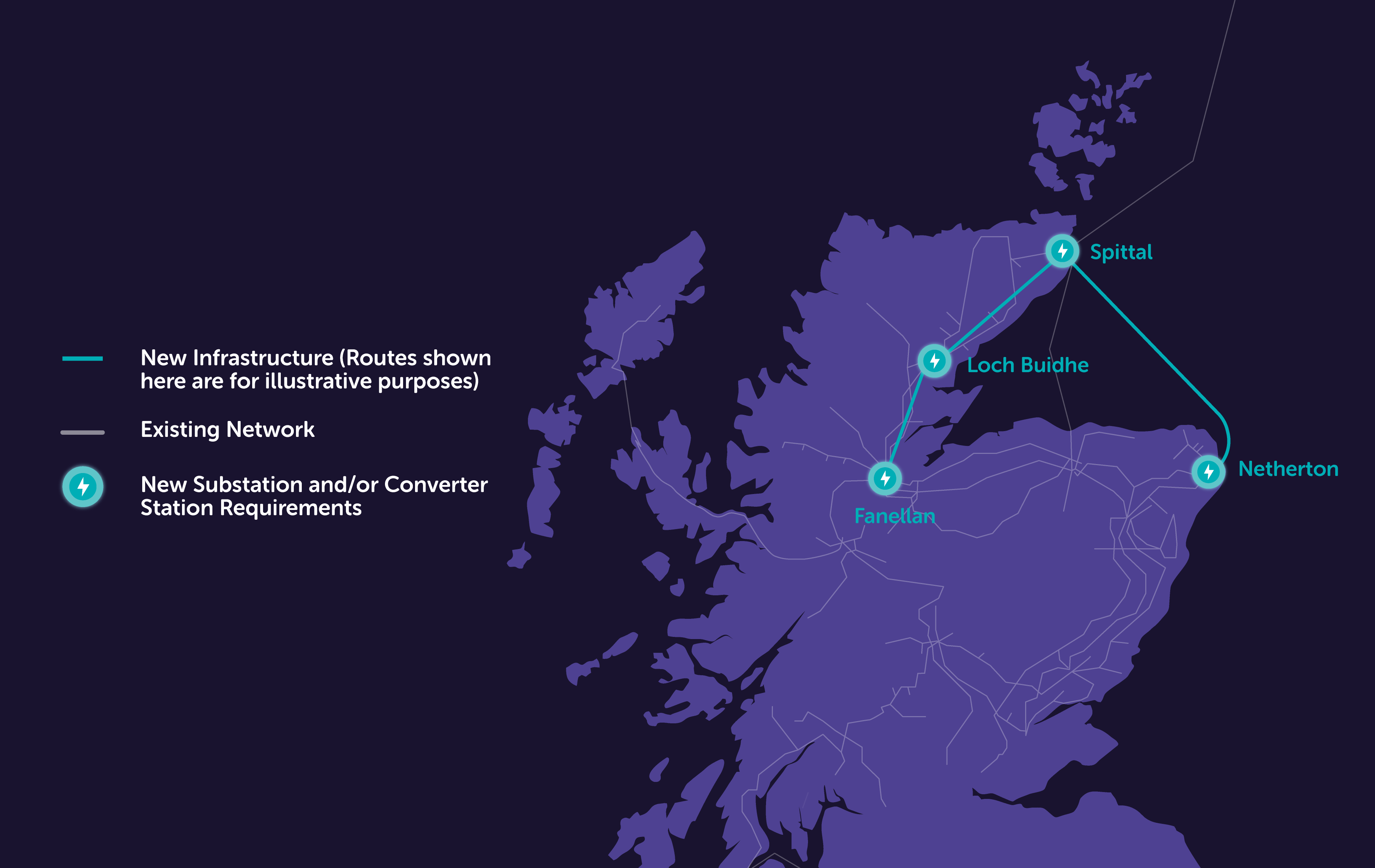
North Highlands
Spittal, Loch Buidhe, Beauly
Projects within our North Highland region involve a new 400kV Substation in the Spittal area, a subsea cable between Spittal and Peterhead, and a new 400kV overhead line between Spittal and Beauly. New 400kV substations are also required at Loch Buidhe and the Beauly area to enable these connections.
-
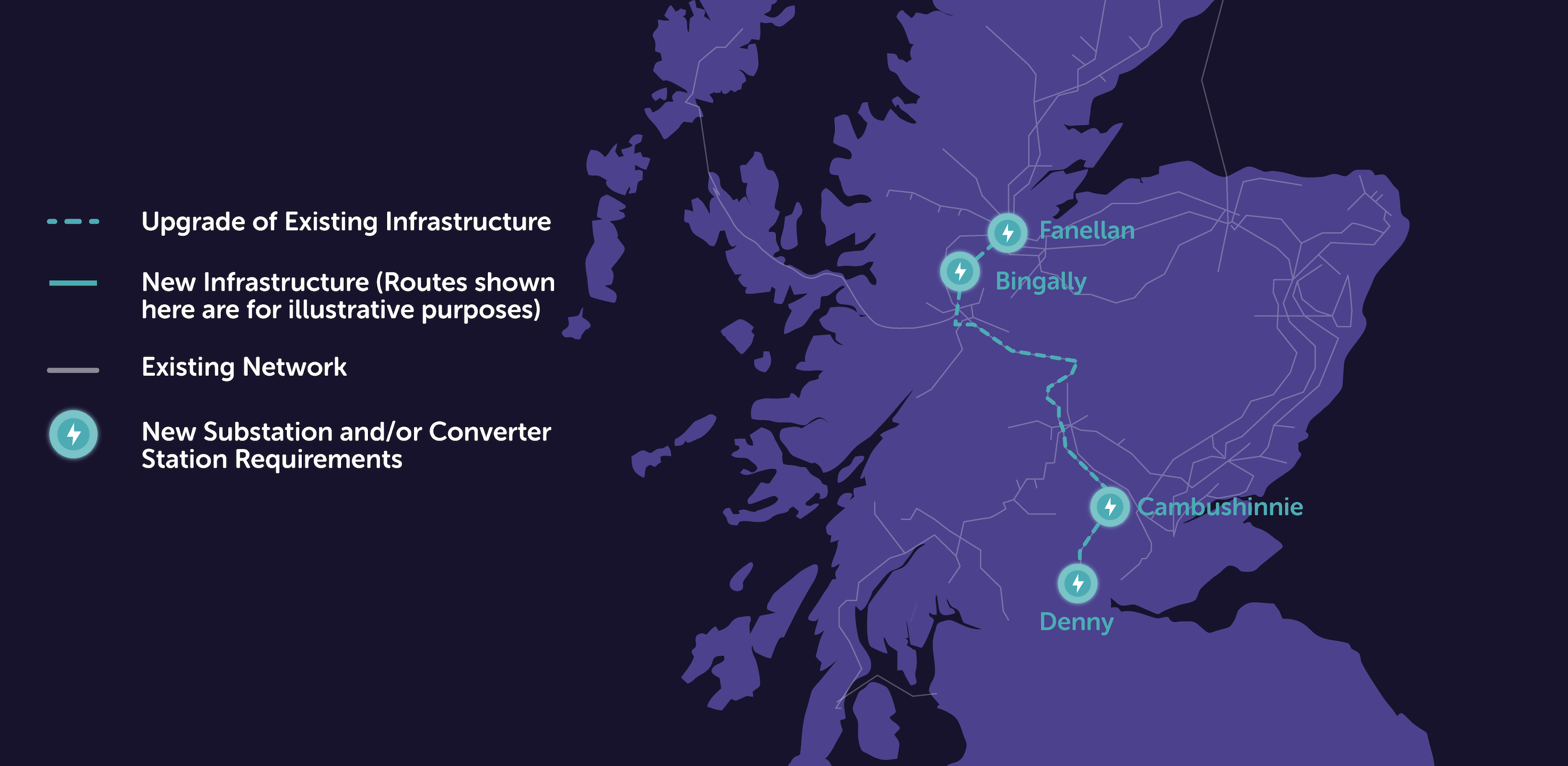
Aberdeenshire, Moray and Highlands
These projects centring around Beauly include a subsea cable from the Western Isles, a 400kV overhead line from Spittal and a new 400kV overhead line to Peterhead, and a High Voltage Direct Current (HVDC) Converter station. These connect to a new 400kV substation close to the existing one in Beauly.
-
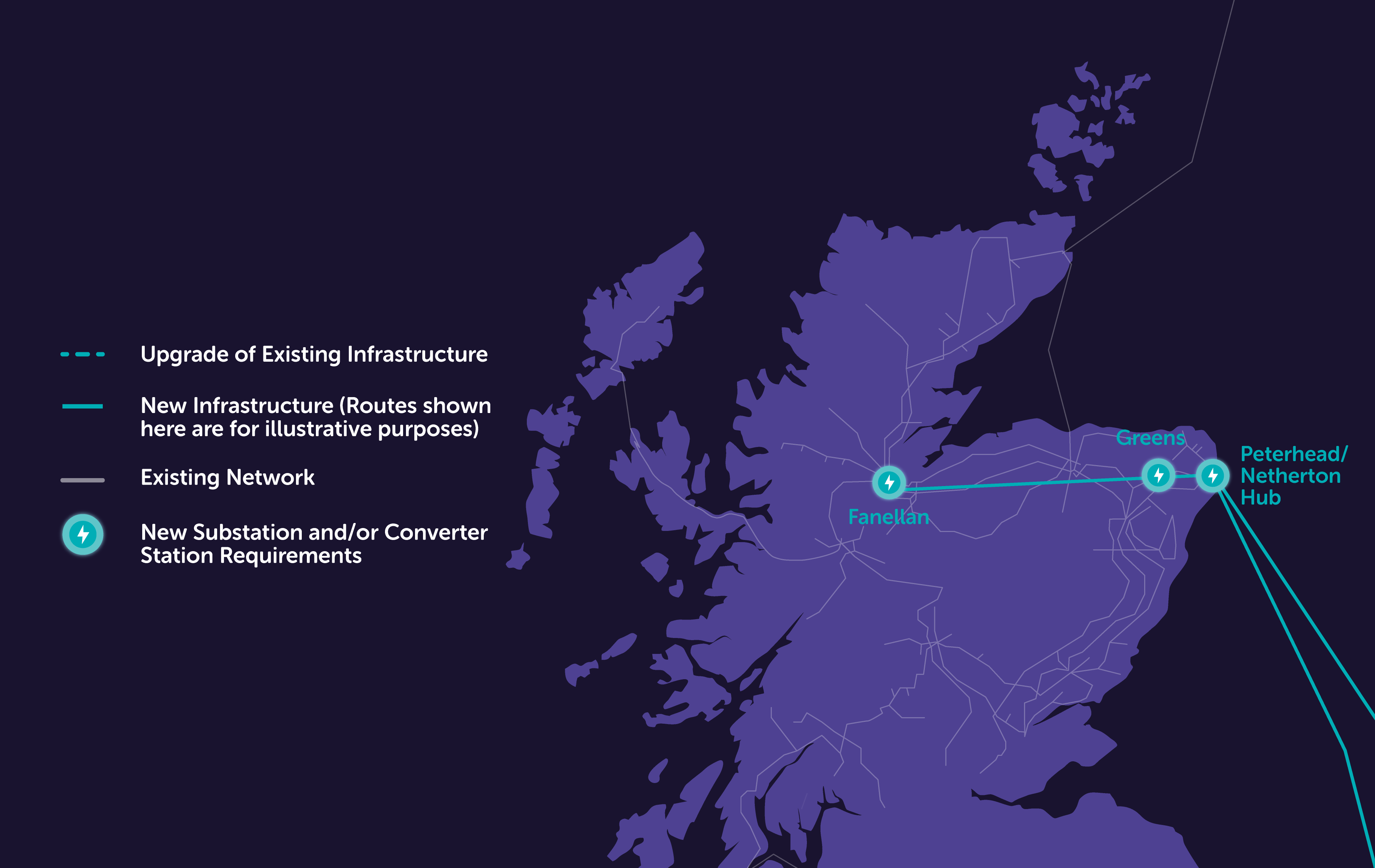
North East
Beauly, New Deer, Peterhead
Our North East region spans between Beauly and Peterhead and includes a new 400kV overhead line between these two locations alongside new 400kV substations at each end. Along the way, the line will also be connecting in to a new 400kV substation at New Deer. -
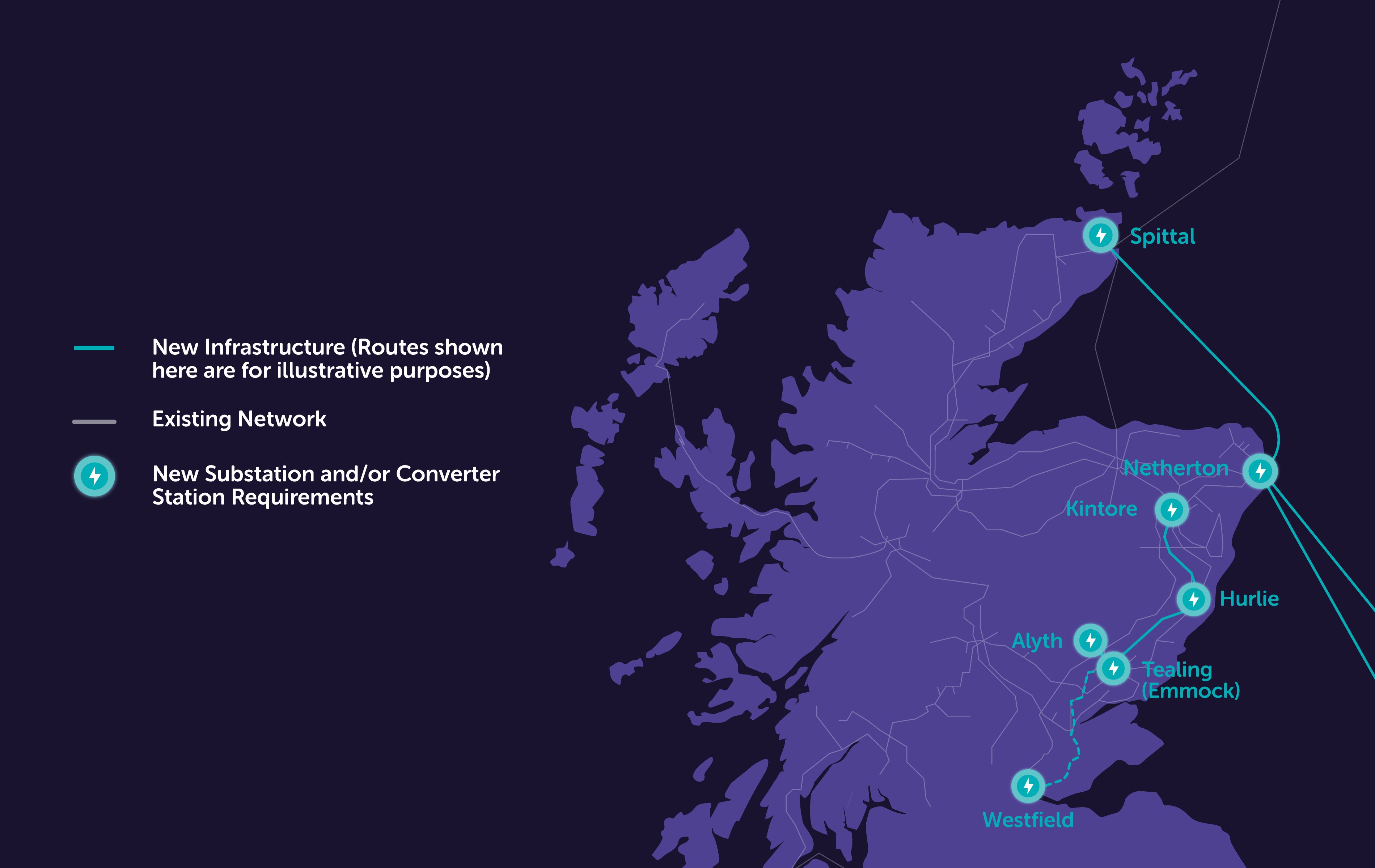
East Coast
Peterhead, Kintore, Fiddes, Tealing
Our East Coast works include a subsea link from Spittal connecting to a new 400kV substation at Peterhead and a new 400kV overhead line from Beauly. An HVDC switching station is also required at Peterhead, alongside 132kV and 275kV substation works. Further south, works include a new 400kV overhead line between Kintore and Tealing, new substations and line reconductoring.
Register as a Stakeholder
Sign up for 'Pathway to 2030' updates

